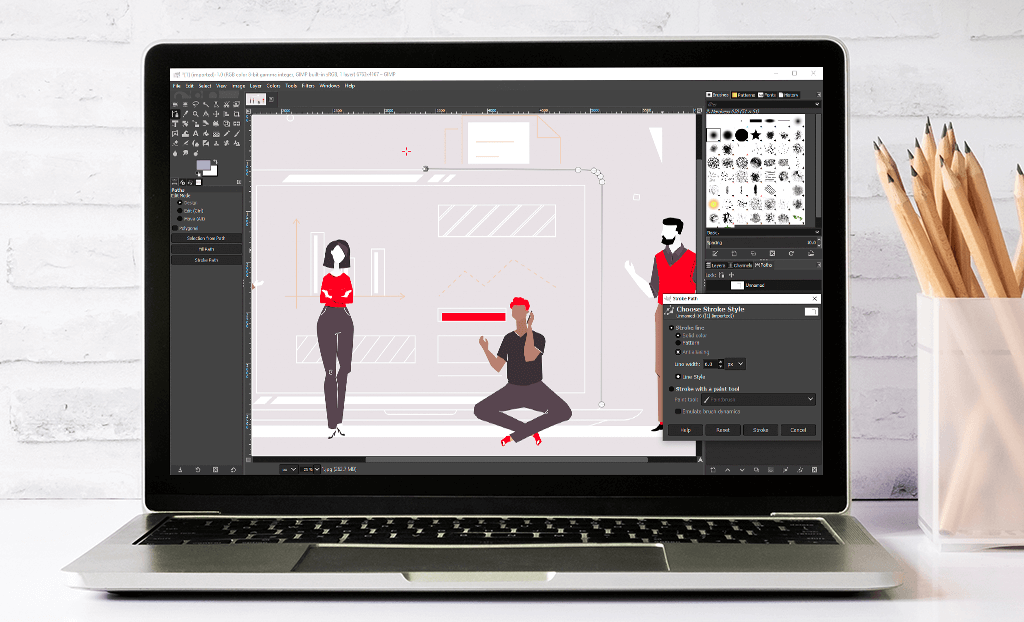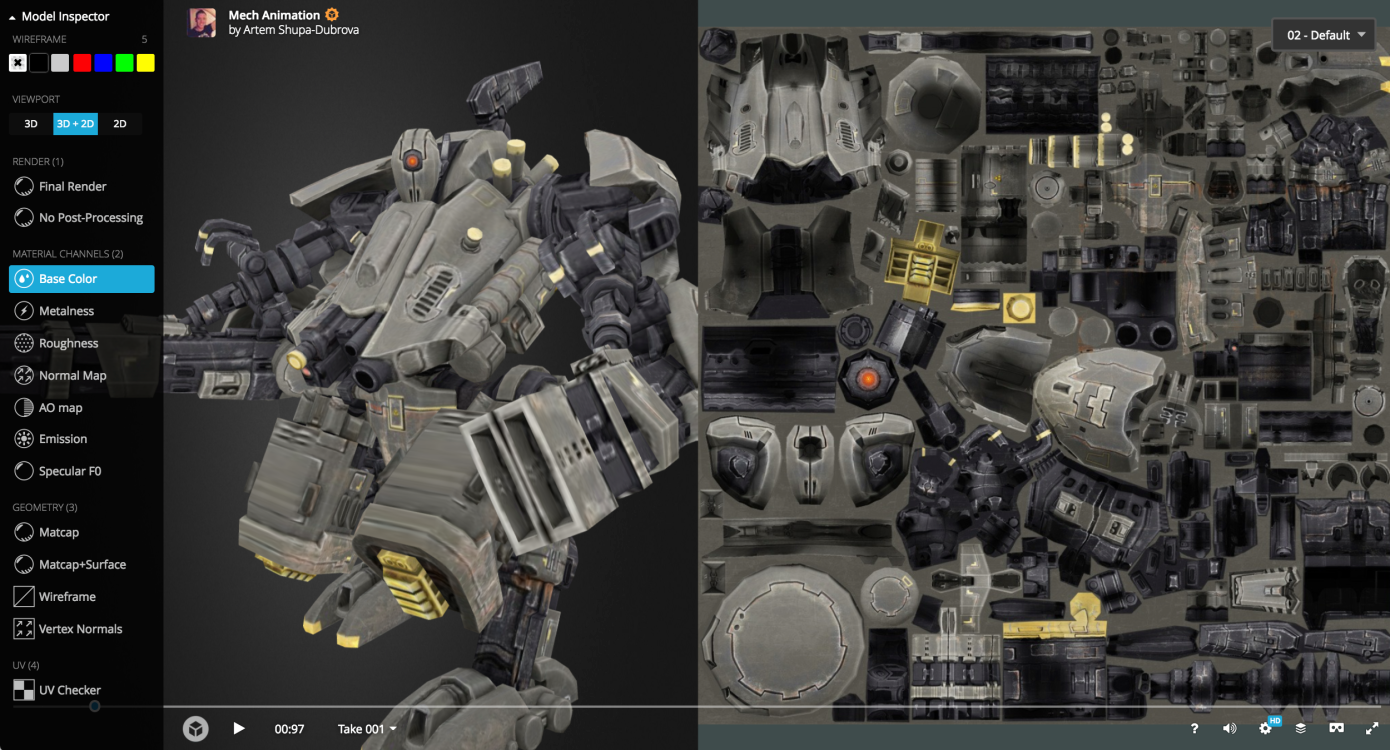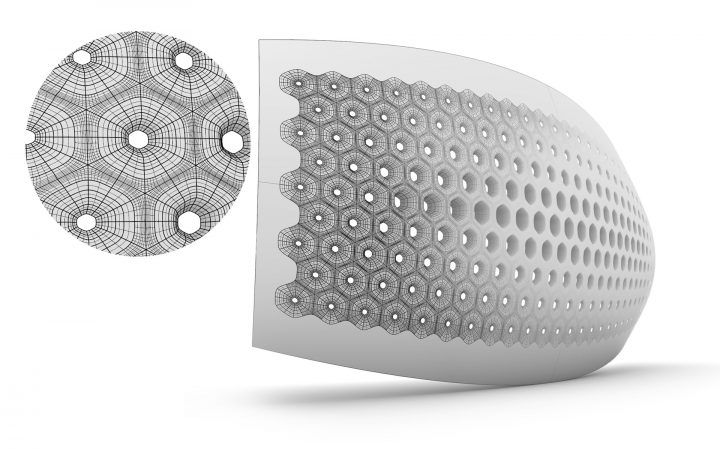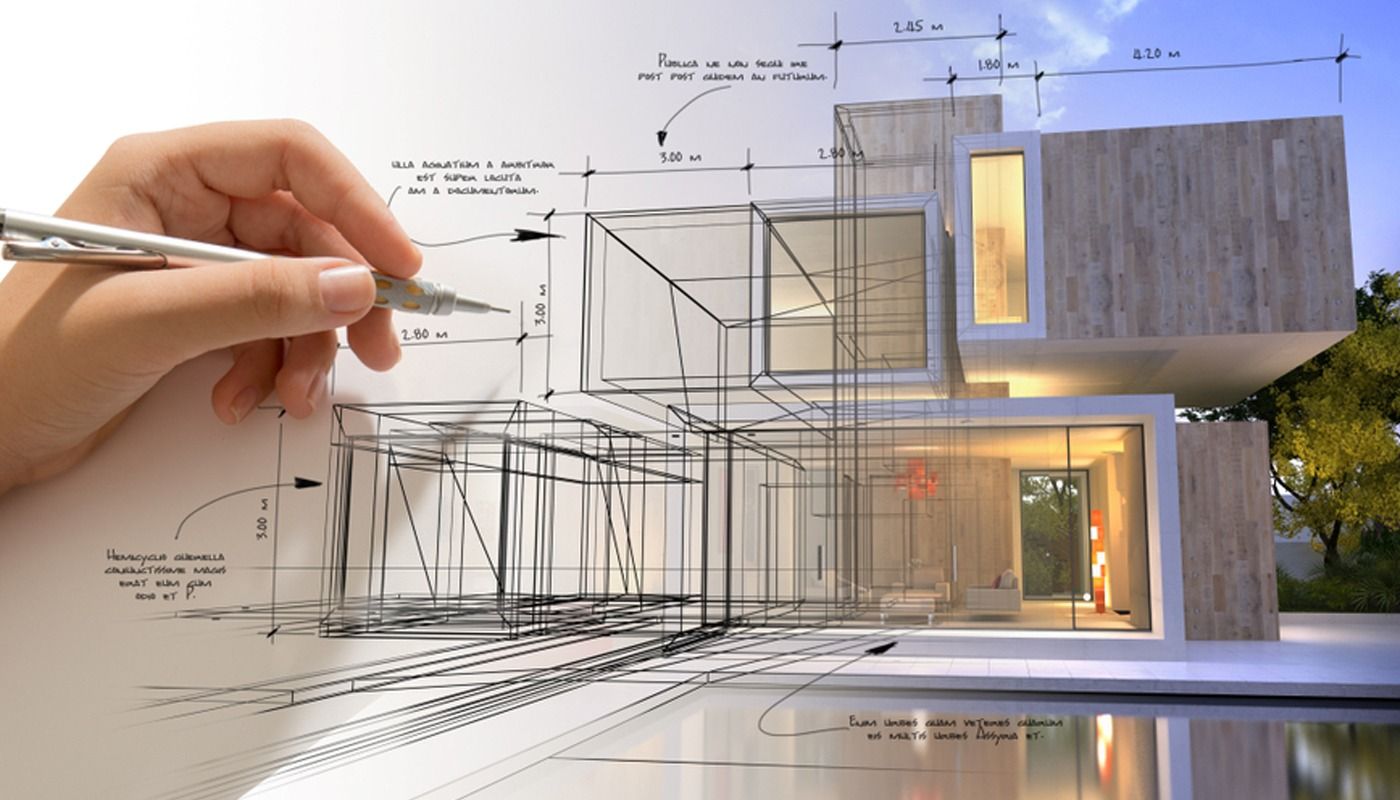The design commune has witnessed a tremendous inflow of new tools and technologies in the last few years. New software, platforms, and even coding languages have infiltrated the ever-evolving design process. Computational design emerges as one of the most powerful methods of designing in the 21st century as more architects are learning programming languages and coding. With this fairly new, yet dominant methodology, comes an array of tools and platforms for designers to use and exploit for solving the inherent complexity of the design.
Within this vast domain are many platforms that emerge with an open-source nature and continue to grow with an impulse by the global community of computational designers and programmers. A vast sector in the software development industry is focused on research and development for the creation of new parametric tools that can offer the impossible. Parameterization of design, process, and data has been the core focus of such tools.

What is open source in design?
The idea of open-sourcing has been existent ever since the software (or even hardware) industry flourished. It has slowly permeated the field of architecture and design with a methodological shift to computational design. The idea of designing through codes and scripts has brought about the possibilities of using multiple platforms and languages where the operational codes can be open source and continually developed by the community of users themselves. This is a powerful idea and is being exploited to its extreme today.
The popularity and success of the idea of open-sourcing can be seen in industries such as mobile apps, where a large chunk of developers upsurge from the community of users themselves. Sharing platforms such as Google Sketchup Warehouse gained popularity a few years back which seems to be fading out with new platforms emerging in the market. Platforms such as SketchFab are gaining popularity today with their user-friendly interface to share 3D models on the web, and use their online editor as a universal platform.
Amongst all these emerging platforms, the most promising (and supposedly powerful) of all has been Grasshopper 3D using the Rhinoceros 3D modeling platform. The software, which is a plug-in to Rhinoceros 3D, has endless possibilities of accommodating further plug-ins which can be developed using in-built software operations or by using external coding languages which are supported by this plugin, which too, are open source. One can develop their own tools, within this parametric and generative modeling platform to extend its potentials.
The grasshopper platform is strongly supported by an online social blogging platform, where a large number of users can share ideas, their work, discuss problems, and develop ideas together in an inter-disciplinary and global way. Thousands of users across the globe can potentially solve the problems of a user sitting in some other part of the world using the same platform. This idea in itself is so powerful and the possibilities are endless.
David Rutten, the creator of Grasshopper, was awarded the Acadia Innovative Research Award in 2012, and Grasshopper has been widely accepted by the design industries, not limited to architecture, but extending to fashion design, product design, to name a few. The community is growing and consists of beginners to advanced users sharing and discussing issues which can be as small as installation guides, too as big as complex architectural or urban solutions.
David Rutten himself is very active on the grasshopper3d online community and continues to deal with all sorts of issues posted by the users, making the platform a very interactive one. The most powerful asset of an open-source community is the fact that a number of minds can collectively solve an issue leading to collective intelligence embedded in the software itself.
With this powerful tool and platform, also comes the question of authenticity in computational design today. This powerful platform with an open-source nature, run by the community of users, also leads to risks of misuse of design data. One can easily access the design data, modify it, and use it to their advantage in a completely different way, without even crediting the original developer or creator of the idea.
These problems have always been existent in design too, where one can tweak ideas to create new ones. Not sure if this can ever be controlled without the right kind of patent systems, which is another issue in itself. There is definitely an abuse of this situation which is hard to control due to the open-source nature and level of sharing a user decides. One needs to be careful about what they solve and post online, accessible to all, as there are a number of users potentially exploiting the open-source platform.
Open-sourcing can be dangerous as an idea but is a very small cost paid for the collective innovation of a tool spread across countries, disciplines, and expertise, beyond the barriers of language and communication.









